Video: Planting Dahlias with Garden Answer
Take a look at how Laura from @GardenAnswer plants Dahlias with the help of Espoma!
Featured Products:
Take a look at how Laura from @GardenAnswer plants Dahlias with the help of Espoma!
Featured Products:
Watch as Laura from @GardenAnswer pots her succulent cuttings, repots her begonia, and grooms her African violets with the help of Espoma!
Featured Products:
Take a look at how the folks at Petitti Garden Centers use Espoma to keep their citrus plants happy and healthy!
Learn more about Petitti Garden Centers:
Website: https://www.petittigardencenter.com/
Facebook: https://www.facebook.com/petittigardencenters/
Instagram: https://www.instagram.com/gardeningwithpetittis/
Featured Products:
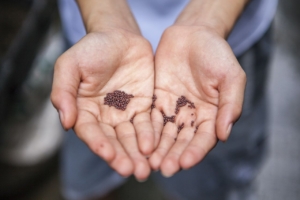
With the arrival of spring just around the corner, it’s time to learn how you can properly prepare your seeds for the best outcome possible! Seed starting is most commonly used by flower and vegetable farmers to get the best variety of plants while saving time and money. By allowing the seeds to germinate inside before transferring them to your outside garden, there is a greater chance of a successful outcome. Read more to learn how to get started!
Photo via @rebeccamaterasso on Instagram
1. Read the Packet
Seed starting allows you to get a head start on your warm weather gardening. When you purchase your desired seeds, the packet will instruct you when you can start your plants indoors and when you must move them outside. If you’re still unsure about specifics, you can double check with Epic Gardening’s guide to seed starting methods. Make sure to only start a project that is achievable within your space!
Photo via @jazzybutterflygarden on Instagram
2. Gather Your Supplies
You can develop a seed starter in any type of container that has drainage (some people even use egg shells!), but there are also kits that can be purchased to help you start. Once you have your seed starter tray, you’re going to need soil. We recommend our Organic Seed Starter Potting Mix.
Photo via @jeradtb on Instagram
3. Plant Your Seeds
Once the starter soil is in the container, the seeds will be pressed down into the soil or placed on top to be able to germinate (the seed packet should indicate how far under the soil the seed needs to be placed). You want to make sure that your seeds aren’t too compact in the tray, so be sure to add Vermiculite to help with loosening heavy soil for better root growth. If you’re a visual learner, check out this step-by-step video!
Photo via @sowinginsuburbia on Instagram
4. Label Your Seeds
You want to make sure that all of the seeds get labeled during the starter process so that you can identify them when it’s time to move them outside. Once the plants develop, it can be difficult to tell them apart while you transfer them. When you’re ready to move them, be sure to add our Bio-tone Starter Plus to the soil to help your new plants stay strong during the transfer process.
Photo via @living.life.zerowaste on Instagram
5. Double Check Everything
Ensure you know which types of seeds can be started indoors and when the correct time will be to relocate them outdoors. It’s important to always read the instructions as different seeds may require different care. For example, vegetable seeds have different care than flower seeds! Consulting The Old Farmer’s Almanac can help you figure out what’s best for your seeds if you’re still unsure.
Featured Products:
Laura from Garden Answer updates on her indoor Lemon & Lime trees she grows indoors. Watch for important care & growing tips!
Learn more about Garden Answer here:
https://www.youtube.com/c/gardenanswer
https://www.facebook.com/gardenanswer
https://www.instagram.com/gardenanswer/
Featured Products:
The holidays are officially underway, and while you’re probably already in the process of decorating your tree and other indoor spaces, have you stopped to think about your garden? Decorating the outside of your house can bring even more joy to your community and will give your greenery some extra love during the colder months.
Here are 5 ways to decorate your garden for the ultimate holiday curb appeal.
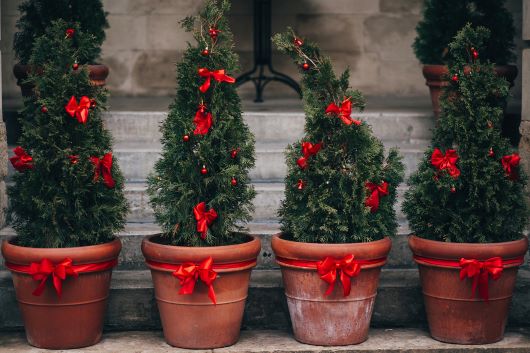
1. Start with the basics
You don’t have to run out and buy new decorations right away! Instead, use what you already have. If you have a few plants in pots, that’s a perfect place to start. Add some festive flair to your containers by painting them with holiday images and colors, or just tie some gift bows around them. If filling new containers, use Espoma Potting Mix to give plants a healthy start with our Myco-tone Advantage. Feed your new houseplants with Espoma Organic Indoor! Liquid plant food.
2. Light it up!
You can’t go wrong with string lights during the holidays. While you might be used to lining walkways or hanging them from your roof, try changing things up and wrapping the lights around your shrubs or lining the garden with them. This will bring a festive feeling to your garden while also bringing more attention to your hardy plant babies. (Give them the credit they deserve for making it through this chilly time of year!)
3. Bring the tree outside
Why keep the glory of your Christmas tree limited to indoors? Plant an evergreen outside and decorate it just the same to bring the holiday cheer so even more people can appreciate it. Now you have the opportunity to decorate two of them in completely different ways! Maybe the outdoor version will have a theme and be more photogenic while the kids can have free reign of the one indoors. Plus, you can never go wrong with adding a tree to your property if you have the space!
4. Decorations everywhere!
Similar to the tree, why keep the fun decor inside? Treat the rest of your garden the same and let loose with ribbon, tinsel, and decorations galore. Stick candy canes in the soil for that classic holiday vibe or strew about pinecones for a more rustic look. Try placing old ornaments on any plants with strong enough stems to replicate a mini Christmas tree. Get creative with this one and make it your own!
5. Include your mailbox
Whether or not your mailbox is near your garden, extend your greenery to it to tie it together with your home’s festive look. This can be done simply by draping or wrapping a garland around it, but you can also fancy it up with some of the same bits of decor used in the garden like lights or bows. If there’s enough space, bring a potted plant or two over to show the neighborhood that this is a plant-loving home!
Go ahead and pick and choose which decor tips you want to incorporate, or go wild and use them all! Remember that curb appeal shouldn’t be reserved just for the warmer months. Even if you’re spending your holidays social-distance style, adding outdoor decor will extend your festive spirit to all who pass by!
*****
Featured Products:
Watch as Laura from Garden Answer creates a beautiful planter for Fall using Flower-tone and Potting Soil Mix!
Featured Products:
Starting a fun new succulent project? Take a tip from Garden Answer and kick things off with Espoma Organic Cactus Mix, which is made specifically for cactuses and succulents.
Featured Products:
English cottage gardens date back centuries. They were used to grow vegetables, herbs for healing, fruit trees, perhaps a beehive, and common flowers. The informal style went through a renaissance in the late 1800’s when they became somewhat more nostalgic than practical.
The informal aesthetic of dense planting and natural materials is still en vogue today. In this video, Laura outlines 10 design principles to help you design a cottage garden. Before you start, make sure you have plenty of Espoma’s organic Bio-tone Starter Plus plant food to make sure your plants get the best possible start.
No Straight Lines
Cottage gardens are always informal and a touch whimsical. Avoid straight lines. Gently curving edging looks more natural and playful. If your site restricts you to a straight edge, let the plants spill over it to create an unrestrained look.
Large Groups of the Same Plant
White cottage gardens are more relaxed in their design, it is still best to use large sweeps of the same plant. Think of planting in groups of three, five or seven. That is far more restful to the eye than a jumble of onsies and twosies.
Spacing Doesn’t Matter
This is one time you do not have to follow the advice on the plant tag. Cottage gardens are always densely planted and generally grow more densely packed with time. Annuals and biennials are often used in cottage gardens and will self-sow in the border. Biennials are plants that take two years to grow and flower from seed like the foxgloves shown. Another advantage to planting things close together is that there is less room for weeds to grow.
Color Harmony
It’s very important to pick a collection of plants that have harmonious colors. Without that the border would look chaotic. Garden Answer uses a collection of soft pinks and peaches with touches of blue and lavender. It needn’t always be soft colors, but they do need to be unified in some way.
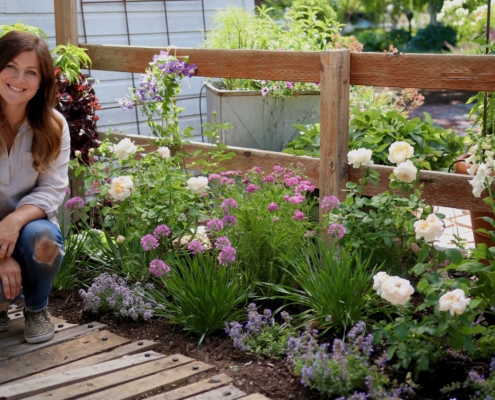
Use Varied Heights and Textures
In any planting, it’s a good idea to think about texture, height and foliage color as major design elements. Nothing blooms all the time. Varied foliage forms and colors will create interest even when the flowers aren’t in bloom. Laura uses Heuchera specifically for the silvery foliage color.
Anchor Plants/Structural Elements
This is sometimes referred to as the “bones” of a garden. It’s a structural element that all of the other plants get woven around. In this case, it’s a beautiful shrub rose named Rose ‘The Lady Gardener’, a fragrant beauty with full, apricot blossoms. The rose is repeated three times. Repetition is soothing to the eye. It’s possible to use evergreens for a slightly more formal feel, or whatever peaks your interest.
Fragrance
The first thing everyone does when they pick a flower is to hold it up to their nose. Cottage gardens are known for their fragrance. Try to select varieties that smell good at the garden center. Roses, lavender, sweet peas, and sweet alyssum are all good choices.
Not Perfectly Maintained
Along with relaxed design principles, comes relaxed maintenance. Planting tightly will discourage weeds. Annuals like poppies will self-seed and move around the border, just like the biennial foxgloves. Weeding everything that comes up might mean that you weed out these plants and inhibit their spontaneous movements.
The Look Will Change Over Time
This style of gardening is the exact opposite of a formal border filled with geometric shaped boxwood. By its very nature this is meant to be more random. People often sow cosmos, violas and other plants that have a tendency to move around. Let them surprise you. If you really don’t like where one popped up, it’s easy enough to remove.
Be Patient
Being patient is really what gardening is all about. A garden is never really finished. Enjoy the journey!
Garden Answers Plant List
Nepeta ‘Cat’s Pajamas’ – catmint
Achillea – pink yarrow
Allium ‘Serendipity’ – ornamental onion
Rose ‘The Lady Gardener’
Heuchera Dolce ‘Spearmint’ – Coral Bells
Clematis ‘Brother Stephan’
Digitalis Foxy Hybrids – foxglove
Lobularia ‘Blushing Princess’ – sweet alyssum
Here are more videos from Garden Answer we hope you will enjoy.
How to Plant Cottage-Style Flower Beds!
Plant Your Window Boxes Like Garden Answer
Succulent Pot in a Pot – Quick Version
How to Re-pot Houseplants – Quick Cut
*****
Featured Products:
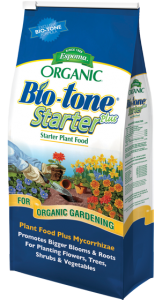
Sometimes we find a beautiful houseplant and have no idea where to put it. Other times we have a space that needs filling and no idea what to put there.
The way we see it, you can never go wrong with more plants!
There’s no better place to start adding plants than the kitchen. If you haven’t thought of adding plants there before, you’re missing out!
Houseplants in the kitchen aid in decreasing cooking scents that consume your home – while it might smell amazing when you bake cookies, cauliflower can really bring you down. Or, you can grow edibles in your kitchen to have easy access while cooking.
Here are our top picks for plants in the kitchen:
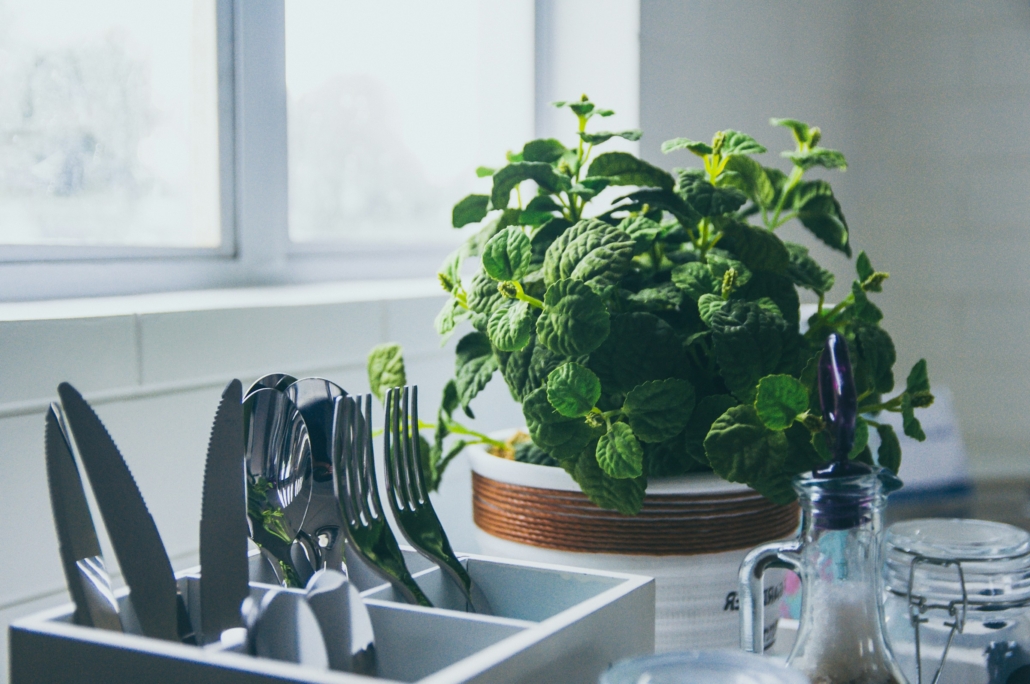
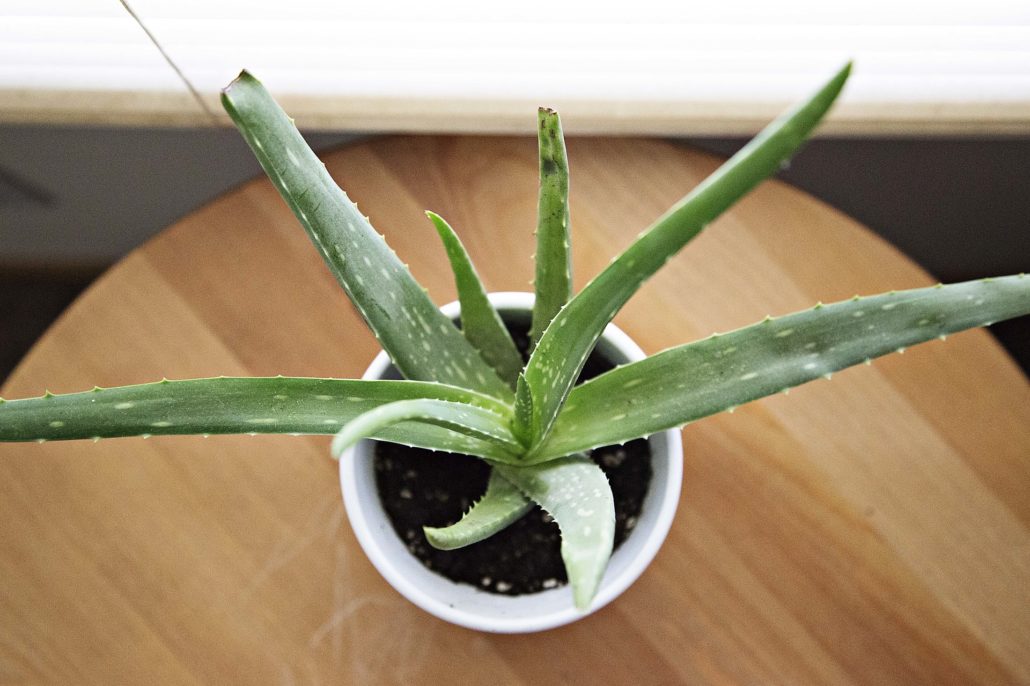
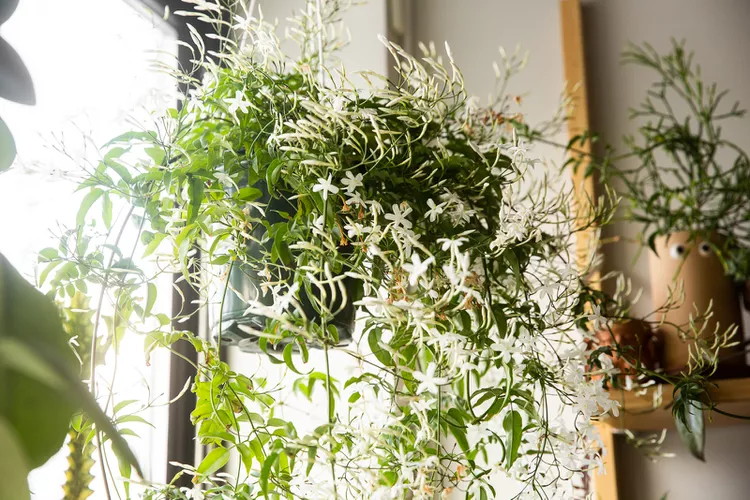
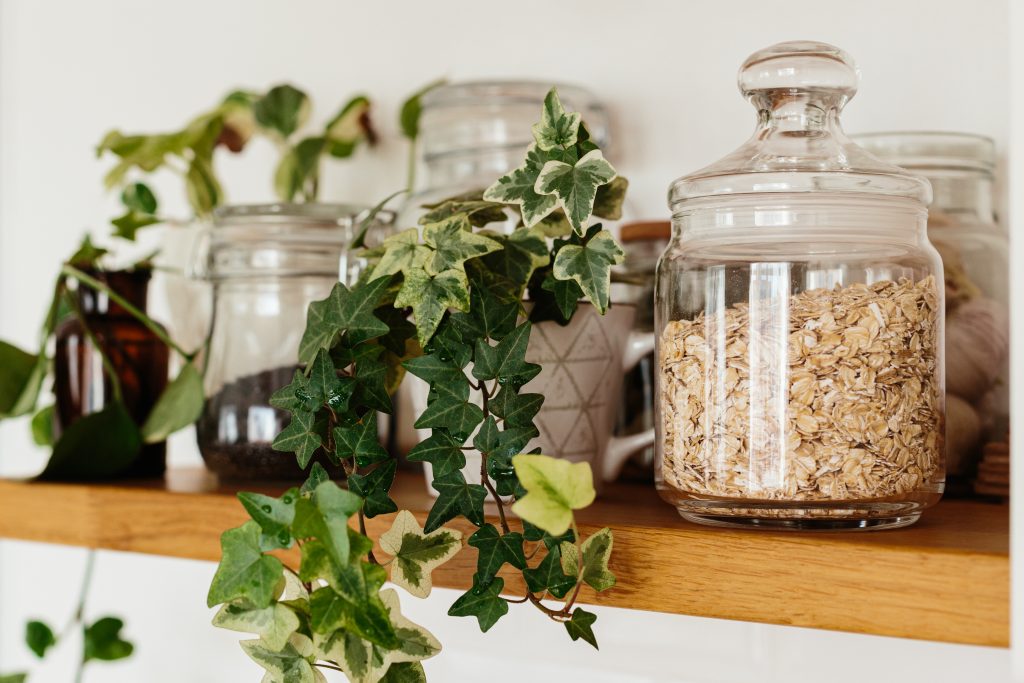
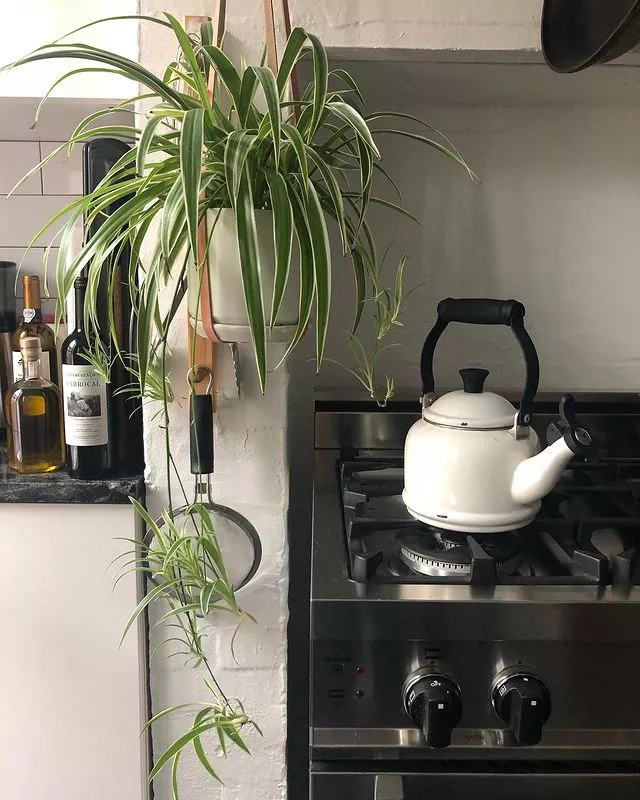
Don’t forget, all of these plants need to be fed as directed with Espoma’s Indoor! liquid fertilizer to grow strong and highlight their colors.
Featured Products:
